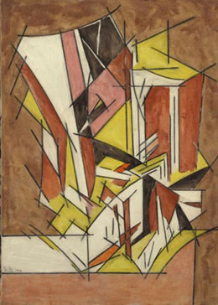Visuality and Painting in France & England 1850-1914
Overview
The facture of works of art is a potential carrier of meaning. Paint and brushwork can be overt or suppressed, painterly or smooth, but the significance of these divisions is understood differently in different historical periods. Between about 1850 and the First World War visuality in this sense came to play a central role in the understanding of painting by contemporaries, as well as in the practice of painters.
This course considers the relationship between innovative attitudes to facture in France and England and the ambition of art to represent the new conditions of modernity. Whereas there is a considerable art-historical literature on both technical innovation and the representation of modern life in French painting, neither of these issues has been very extensively written about in the English context. We will therefore aim to make the comparative perspective clarify both the similarities and the differences between the history of painting in the two countries, as well as the separate ways in which modernity and its representation in the new art came to develop.
Artists to be covered will include Courbet, Bouguereau, Manet, Monet and the Cubists in France, and Leighton, Sickert, the Camden Town Group and the Vorticists in England.
Reading
The reading list for this module is not yet available

Module information
- Module title
Visuality and Painting in France & England 1850-1914- Module number
HOA00018M- Convenor
tbc
For postgraduates
